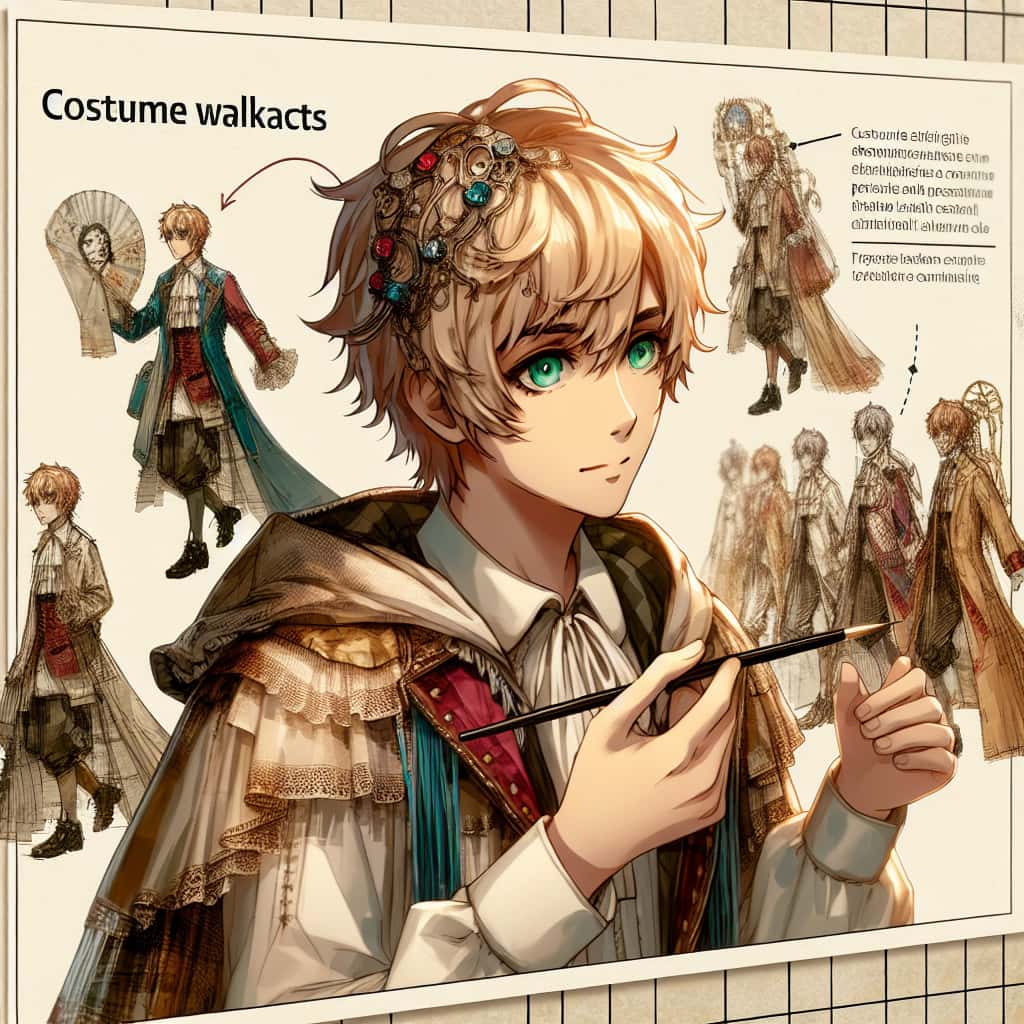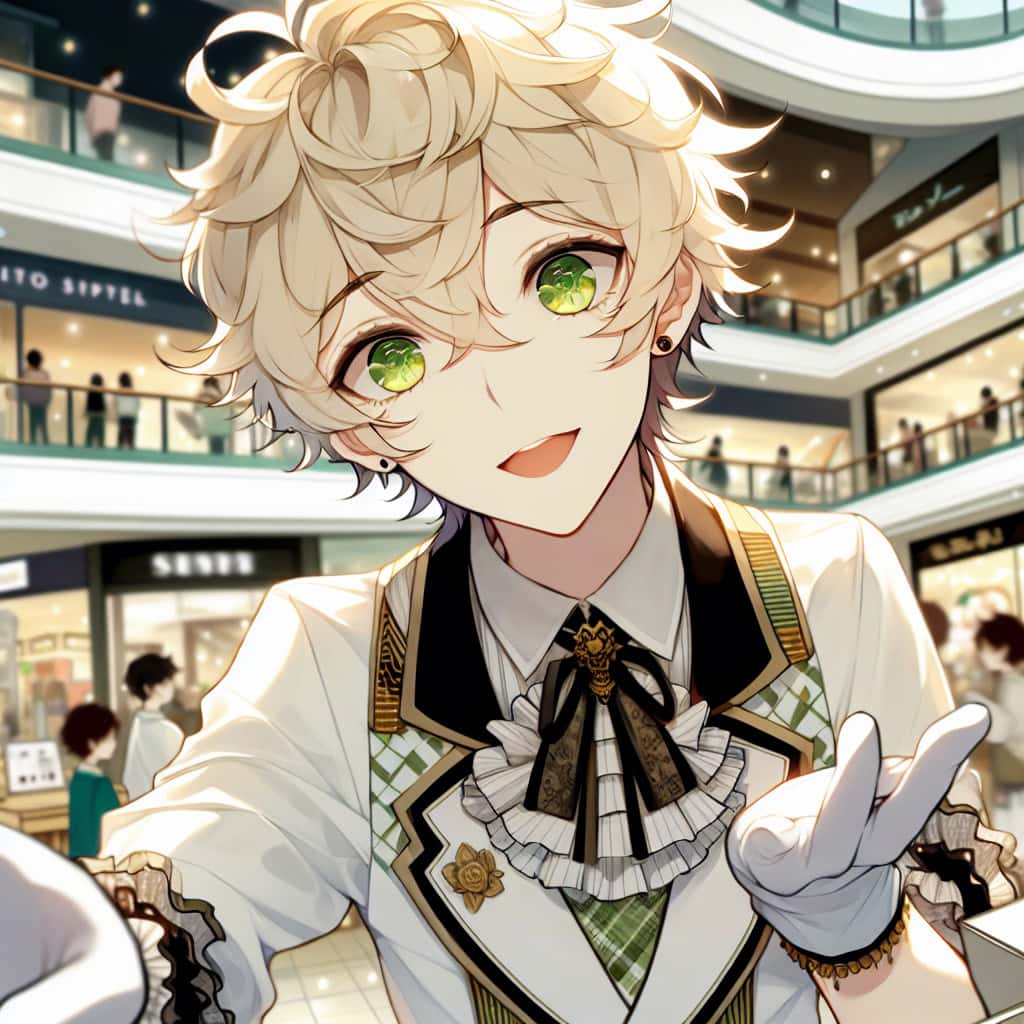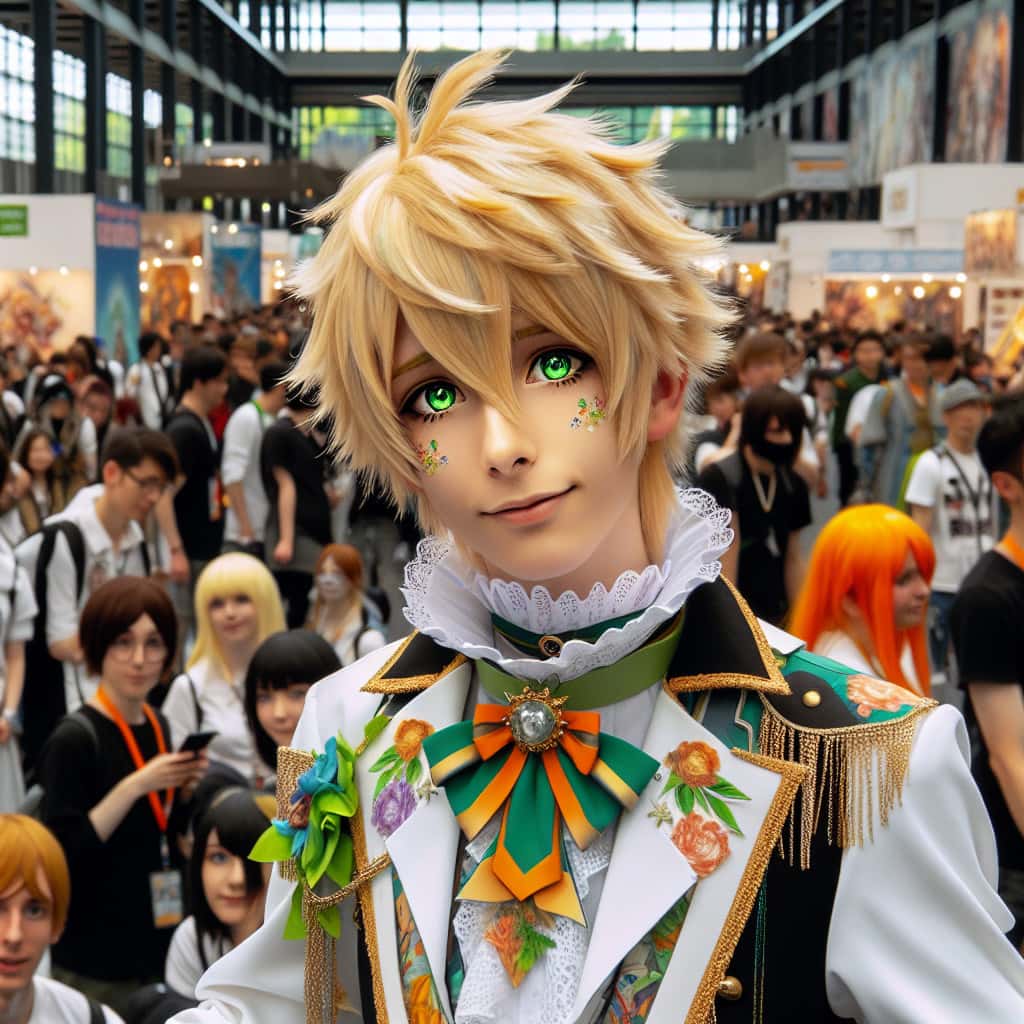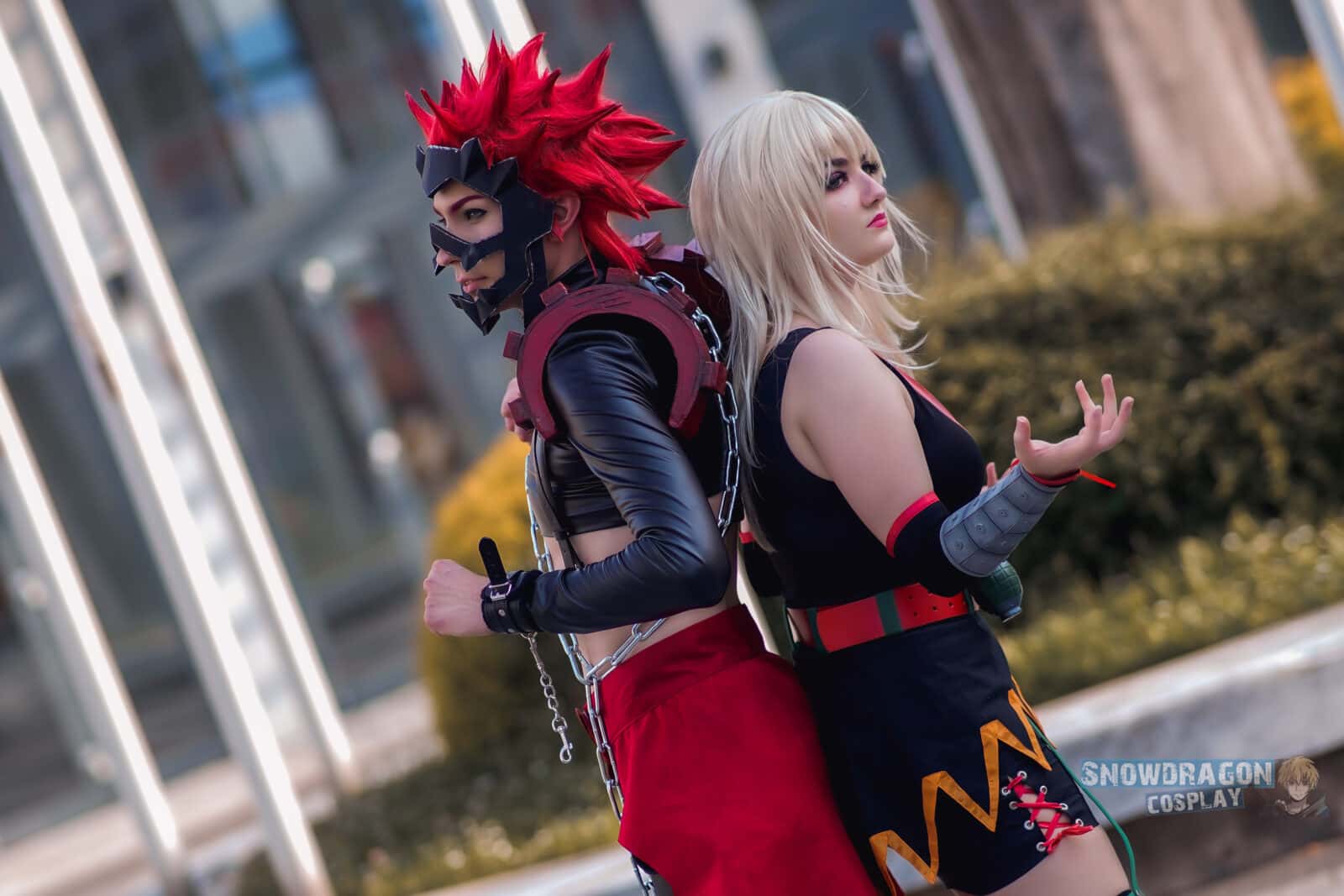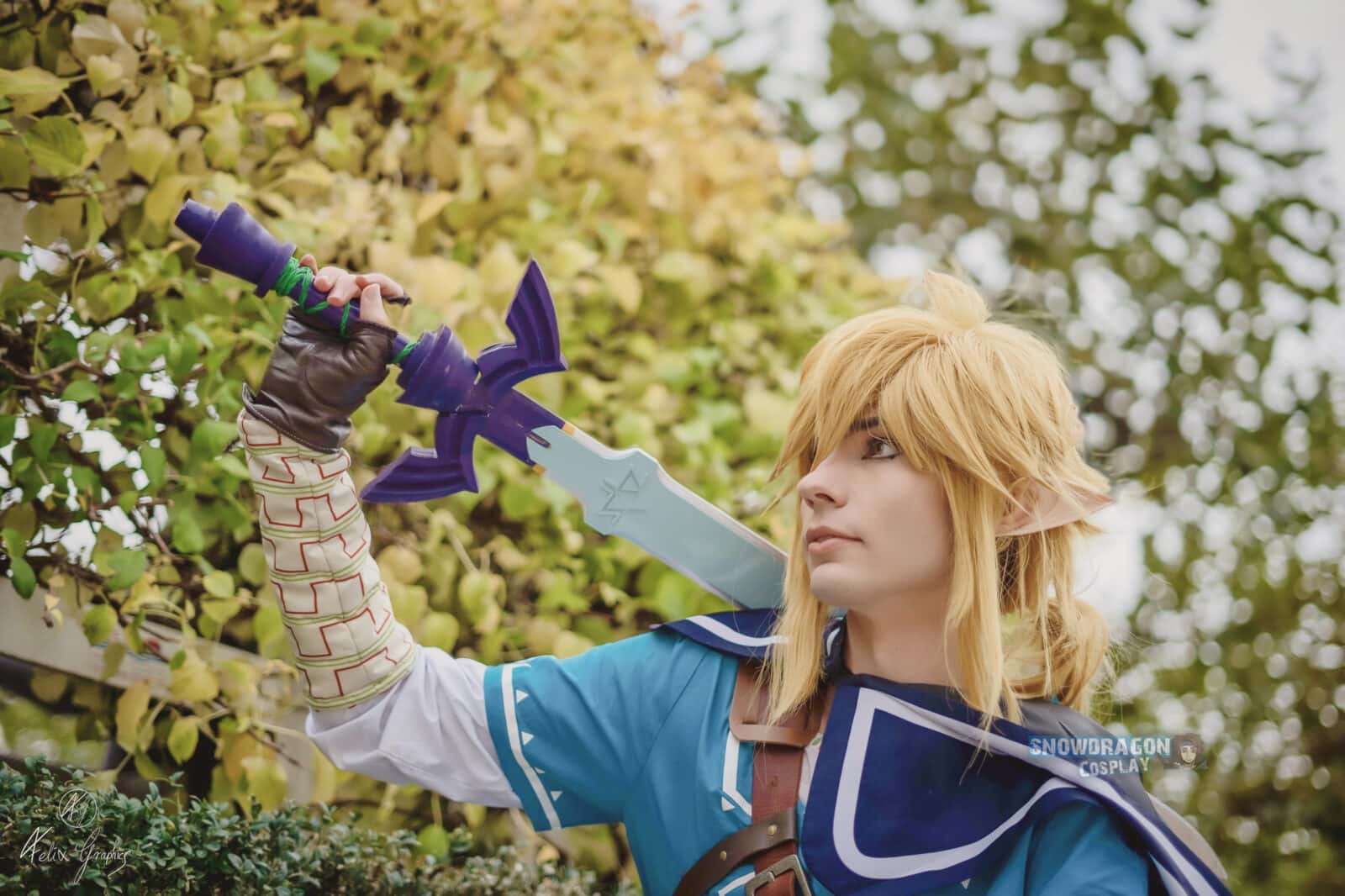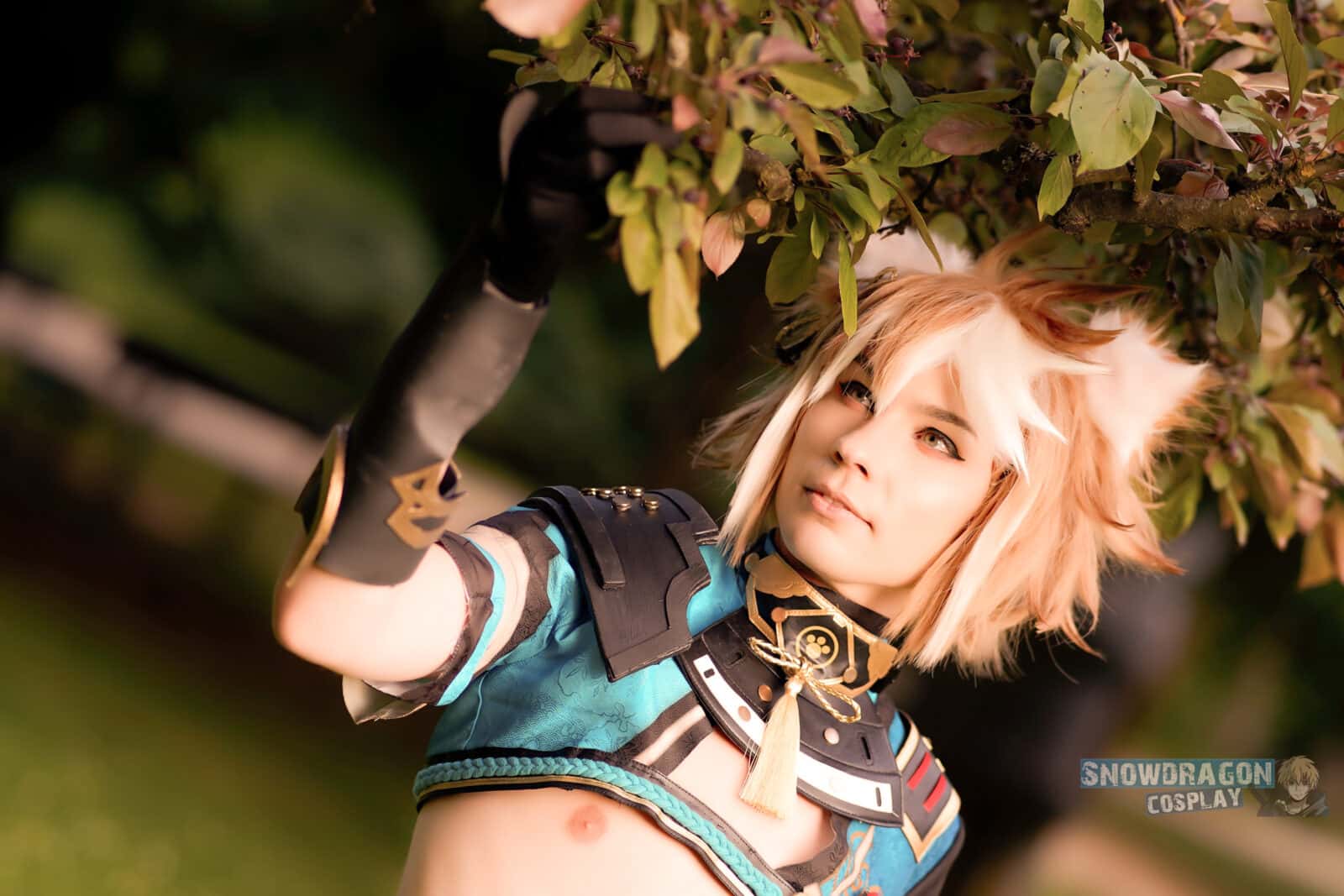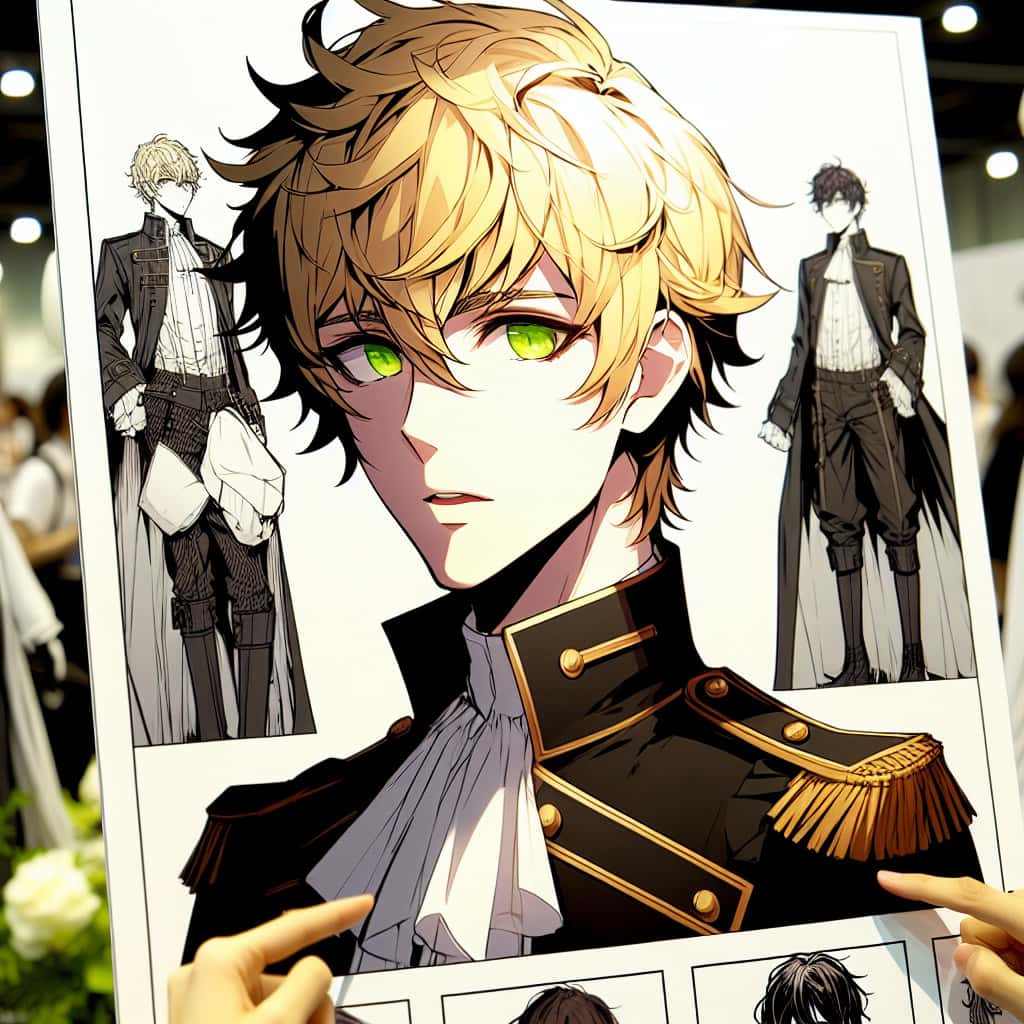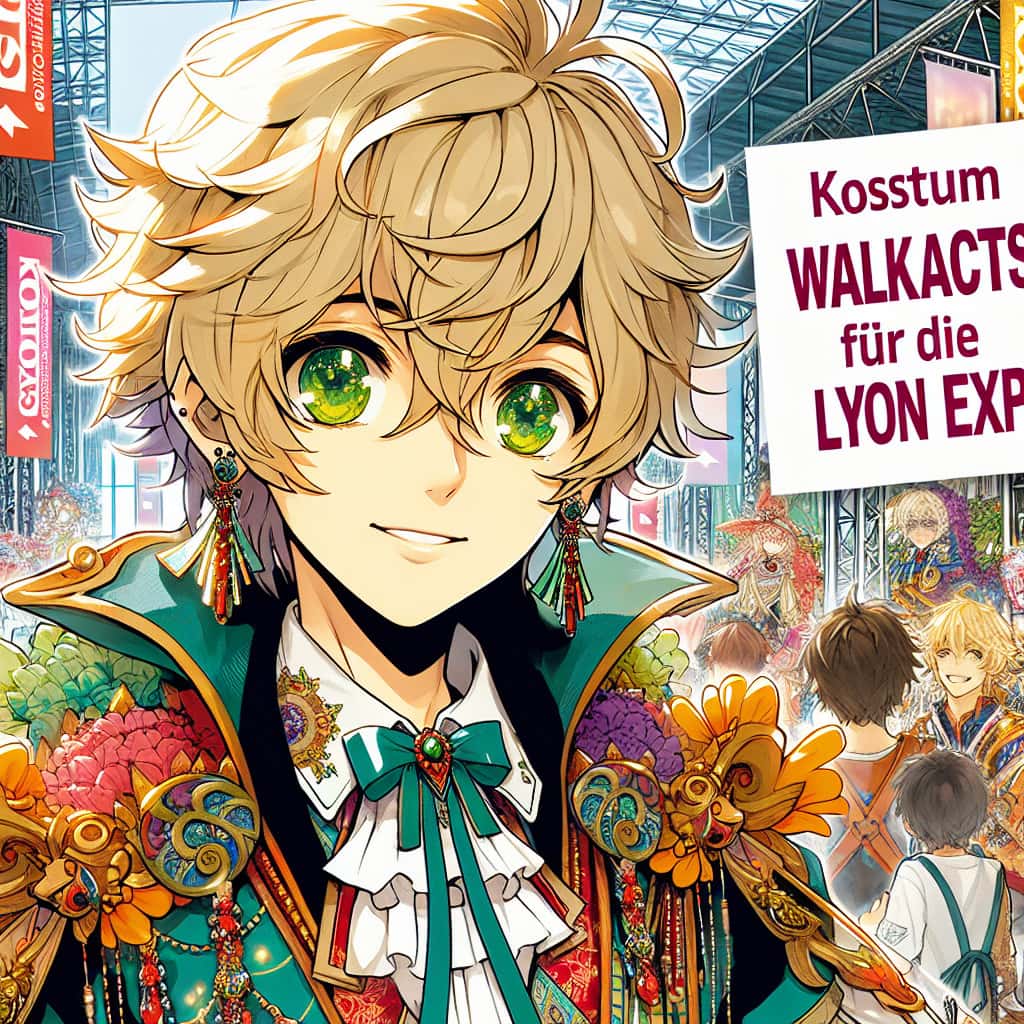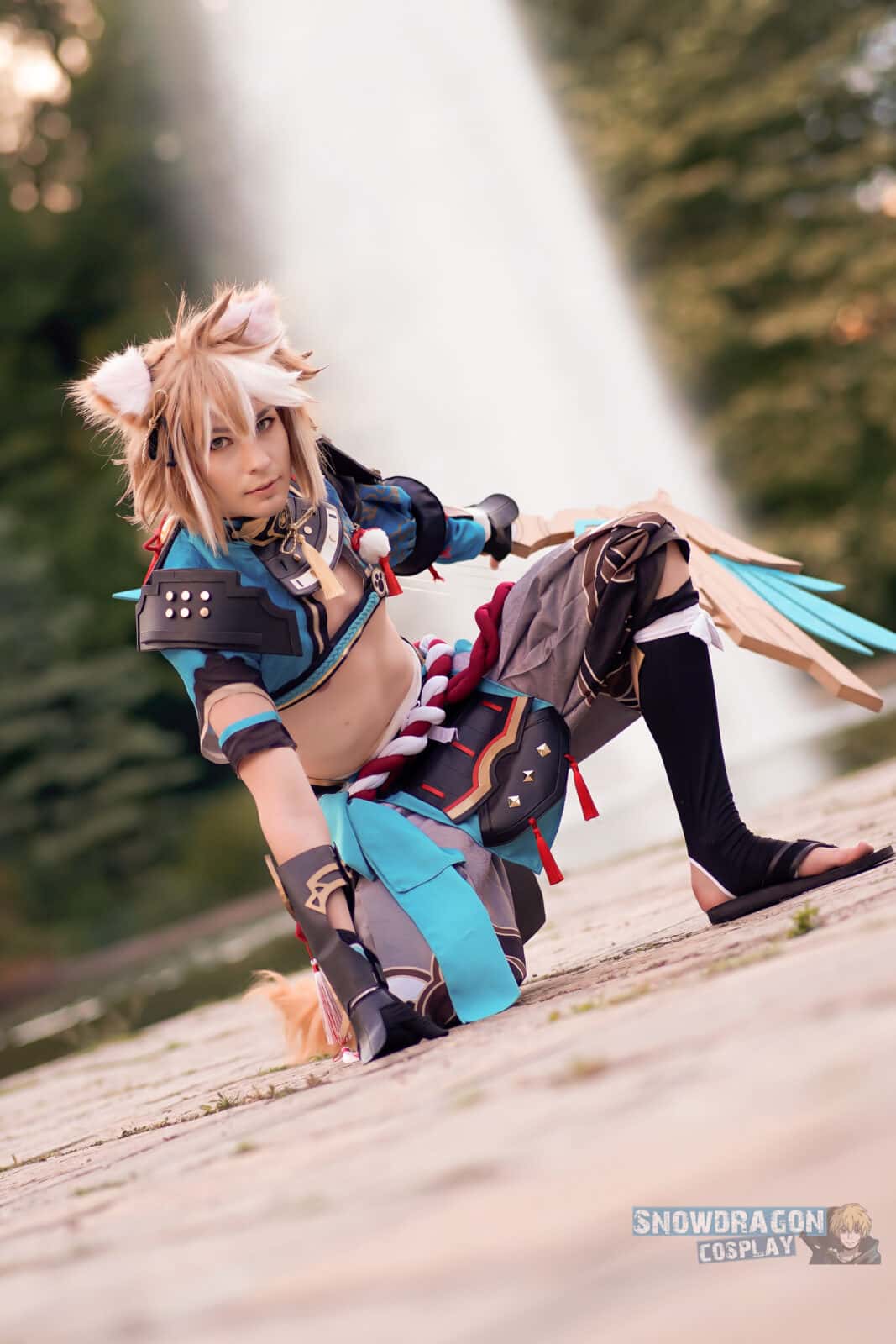https://images-wixmp-ed30a86b8c4ca887773594c2.wixmp.com/f/eec62e30-4eff-447b-b722-fd8d7fe938cf/dfigdfl-b6a4553f-648b-4795-9c2e-3de1dcc6756d.png/v1/crop/w_92,h_92,x_18,y_0,scl_0.085185185185185,q_70,strp/have_a_happy_38th_birthday_to_scarlett_johansson_by_bluecrystalspider_dfigdfl-92s.jpg?token=eyJ0eXAiOiJKV1QiLCJhbGciOiJIUzI1NiJ9.eyJzdWIiOiJ1cm46YXBwOjdlMGQxODg5ODIyNjQzNzNhNWYwZDQxNWVhMGQyNmUwIiwiaXNzIjoidXJuOmFwcDo3ZTBkMTg4OTgyMjY0MzczYTVmMGQ0MTVlYTBkMjZlMCIsIm9iaiI6W1t7ImhlaWdodCI6Ijw9MTA4MCIsInBhdGgiOiJcL2ZcL2VlYzYyZTMwLTRlZmYtNDQ3Yi1iNzIyLWZkOGQ3ZmU5MzhjZlwvZGZpZ2RmbC1iNmE0NTUzZi02NDhiLTQ3OTUtOWMyZS0zZGUxZGNjNjc1NmQucG5nIiwid2lkdGgiOiI8PTE5MjAifV1dLCJhdWQiOlsidXJuOnNlcnZpY2U6aW1hZ2Uub3BlcmF0aW9ucyJdfQ.ZZBgRhzDh4wQemGhki_GPv_3I00VO3e4AmMyWX3tscM
[Sassy_Follow_Icons]
Shibari: How a Traditional Japanese Rope Bondage Practice Became Popular in the Cosplay Community
Shibari, also known as kinbaku, is a traditional Japanese rope bondage practice that has gained popularity within the cosplay community. Originally used as a form of erotic art and restraint in Japan, shibari has evolved into a creative expression for cosplayers looking to enhance their character portrayals. The intricate rope patterns and techniques used in shibari can add an extra layer of authenticity and visual appeal to cosplay costumes.
The Appeal of Shibari in Cosplay
One of the reasons why shibari has become popular in the cosplay community is its ability to create visually stunning and dynamic poses. The ropes can be strategically tied around the body to mimic the movements and gestures of fictional characters, bringing them to life in a way that traditional posing alone cannot achieve. Additionally, many cosplayers find that incorporating shibari into their performances adds an element of sensuality and allure that aligns with certain characters or themes.
Exploring the Artistic Side of Shibari
Beyond its aesthetic appeal, shibari also offers cosplayers an opportunity to explore their artistic side. Learning the various knots, patterns, and techniques involved in shibari requires patience, creativity, and attention to detail. It allows cosplayers to experiment with different styles and designs, creating unique looks for each character they portray. This aspect of shibari workshops and meetups fosters a sense of craftsmanship and self-expression among participants.
[publishpress_authors_box layout="ppma_boxes_890427"]
Breaking Stereotypes through Shibari
Another reason why shibari has found its place within the cosplay community is its ability to challenge stereotypes surrounding bondage practices. By incorporating shibari into their costumes and performances, cosplayers are able to showcase the artistic and non-sexual aspects of this traditional Japanese art form. This helps to dispel misconceptions and educate others about the cultural significance of shibari, promoting a more inclusive and accepting cosplay community.
The Key Elements of Shibari Workshops and Meetups in the Cosplay Community
Shibari workshops and meetups in the cosplay community are gatherings that focus on the art of Japanese rope bondage. These events provide a safe and inclusive space for enthusiasts to learn, practice, and showcase their skills. The key elements that make up these workshops and meetups include:
1. Instructional Sessions:
Participants have the opportunity to attend instructional sessions led by experienced practitioners or experts in shibari. These sessions cover various aspects of the art form, such as different tying techniques, safety precautions, and creative ways to incorporate shibari into cosplay.
2. Hands-On Practice:
Workshops often include hands-on practice sessions where attendees can apply what they’ve learned under the guidance of instructors. This allows participants to gain practical experience in tying knots, understanding tension points, and exploring different styles of rope bondage.
3. Peer-to-Peer Learning:
Shibari workshops and meetups encourage a collaborative learning environment where participants can exchange knowledge and techniques with one another. This peer-to-peer learning fosters a sense of community among attendees, as they share their experiences, challenges, and successes in mastering shibari.
List of activities commonly found at shibari workshops and meetups:
- Live demonstrations by experienced practitioners
- Group discussions on consent, boundaries, and communication
- Opportunities for participants to tie each other under supervision
- Showcasing performances by skilled rope artists
- Q&A sessions with instructors or panelists
- Educational resources such as books or online tutorials provided
These key elements contribute to the overall educational and interactive nature of shibari workshops and meetups in the cosplay community. Participants not only learn new skills but also form connections with like-minded individuals who share a passion for both cosplay and shibari.
Exploring the Origins of Shibari Workshops and Meetups in the Cosplay Community
The origins of shibari workshops and meetups in the cosplay community can be traced back to Japan, where shibari, also known as kinbaku, has a rich history rooted in traditional bondage practices. In recent years, as cosplay gained popularity worldwide, enthusiasts began incorporating elements of shibari into their character portrayals, leading to the emergence of specialized events within the cosplay community.
The Influence of Japanese Culture:
Japanese culture heavily influences both cosplay and shibari. Cosplayers often draw inspiration from anime, manga, and video games originating from Japan. Similarly, shibari has deep cultural roots in Japan, evolving from ancient martial arts techniques to an art form focused on aesthetics and eroticism.
The Intersection of Artistic Expression:
The intersection between cosplay and shibari lies in their shared emphasis on creativity and self-expression. Both forms allow individuals to embody characters or explore fantasies through visual representation or physical restraint. This overlap has led to collaborations between cosplayers and rope artists, resulting in workshops and meetups that celebrate this fusion.
List of factors contributing to the origins:
- Inspiration from Japanese rope bondage traditions
- Increasing interest in exploring diverse aspects of cosplay
- Desire for unique character interpretations
- Growing acceptance of alternative forms of artistic expression within the cosplay community
- Globalization facilitating cross-cultural exchanges
As these two art forms continue to evolve and gain recognition, the origins of shibari workshops and meetups in the cosplay community exemplify the dynamic nature of artistic expression and its ability to transcend cultural boundaries.
Enhancing the Cosplay Experience: The Impact of Shibari Workshops and Meetups
Shibari workshops and meetups have become increasingly popular within the cosplay community, offering a unique way for cosplayers to enhance their overall experience. These events provide attendees with an opportunity to learn about and explore the art of Japanese rope bondage, also known as shibari or kinbaku. Through hands-on demonstrations, discussions, and interactive sessions, participants are able to gain a deeper understanding of this ancient practice and its application in cosplay.
One significant impact of shibari workshops and meetups is the increased sense of connection and empowerment it brings to cosplayers. By learning how to tie intricate knots and create visually stunning patterns on their bodies or costumes, participants can transform their characters into living works of art. This adds an extra layer of authenticity and creativity to their portrayals, allowing them to fully embody the essence of their chosen characters.
Furthermore, these events foster a strong sense of community among attendees. Participants have the opportunity to connect with like-minded individuals who share a passion for both cosplay and shibari. This creates a supportive environment where people can exchange ideas, techniques, and experiences. It also provides a platform for collaboration between cosplayers and rope enthusiasts, leading to innovative collaborations that push the boundaries of traditional cosplay.
Gaining Skills and Knowledge: What Attendees Learn at Shibari Workshops and Meetups
Shibari workshops and meetups offer attendees a wealth of skills and knowledge related to Japanese rope bondage. Participants have the opportunity to learn various tying techniques, ranging from basic knots to more advanced patterns. They also gain insights into different styles within shibari, such as traditional kinbaku or contemporary fusion approaches.
In addition to technical skills, attendees also acquire knowledge about the history and cultural significance of shibari. Workshops often include discussions on the origins of this art form, its evolution over time, and its connection to Japanese culture. This contextual understanding allows participants to appreciate shibari beyond its aesthetic appeal and recognize it as a deeply rooted practice with artistic and philosophical dimensions.
Moreover, these events emphasize the importance of consent, communication, and safety when practicing shibari. Attendees learn about proper rope handling techniques, risk assessment, and how to create a safe environment for both the rigger (person tying) and the model (person being tied). This focus on safety ensures that participants can engage in shibari in a responsible manner, mitigating any potential risks or harm.
Influencers Embracing Shibari: Notable Figures in the Cosplay Community
Shibari, a traditional Japanese rope bondage art form, has gained popularity within the cosplay community, with several notable influencers embracing it as part of their cosplay repertoire. These influencers have not only incorporated shibari into their costumes and performances but have also used their platforms to educate others about its cultural significance and safe practices. One such influencer is Sakura Lee, known for her intricate shibari-inspired costumes and tutorials on how to incorporate rope bondage techniques into character portrayals. Through her social media presence, Sakura Lee has been able to inspire and empower others to explore this unique aspect of cosplay.
Another notable figure in the cosplay community who has embraced shibari is Kurogane Cosplay. With his background in martial arts and interest in Japanese culture, Kurogane Cosplay has seamlessly integrated shibari into his cosplays, creating visually stunning and authentic representations of characters. He often collaborates with experienced riggers to ensure safety during his performances and workshops. Kurogane Cosplay’s dedication to incorporating shibari techniques into his work has garnered him a loyal following within the cosplay community.
These influencers serve as role models for aspiring cosplayers interested in exploring shibari within their craft. Their commitment to cultural appreciation, education, and safety sets a positive example for others looking to incorporate this art form into their own cosplays.
Controversies and Debates: The Inclusion of Shibari in Cosplay Events
The inclusion of shibari in cosplay events has sparked debates and controversies within the community. Some argue that it adds an artistic element to performances and allows for creative expression beyond traditional cosplay techniques. They believe that when done consensually and safely, shibari can enhance the overall experience for both participants and spectators.
However, others express concerns about the potential for exploitation or misuse of shibari within cosplay events. They worry that inexperienced riggers or participants may not fully understand the risks involved and could unintentionally cause harm. Additionally, there are debates regarding the appropriateness of showcasing a bondage art form in a public setting, as it may make some attendees uncomfortable or perpetuate negative stereotypes.
To address these controversies and debates, organizers of cosplay events that include shibari have implemented guidelines and safety measures to ensure the well-being of all participants. These measures often include requiring riggers to provide proof of experience and training, implementing strict consent policies, and providing education on safe practices. By prioritizing safety and consent, organizers aim to create an inclusive environment where participants can explore shibari within the context of cosplay responsibly.
Social Media’s Role in Promoting Shibari Workshops and Meetups in Cosplay
Social media platforms have played a significant role in promoting shibari workshops and meetups within the cosplay community. Through platforms like Instagram, Twitter, and TikTok, cosplayers interested in learning about shibari can easily connect with experienced riggers and find information about upcoming events.
Many influencers who specialize in shibari cosplay regularly share tutorials, tips, and resources on their social media accounts. They use hashtags related to shibari and cosplay to reach a wider audience and foster an online community where enthusiasts can share their experiences and ask questions.
Additionally, social media has allowed organizers to promote workshops and meetups more effectively. They can create event pages or groups where participants can RSVP or inquire about details. This accessibility has made it easier for individuals interested in exploring shibari within their cosplays to connect with like-minded individuals and participate in educational opportunities.
Safety First: Guidelines and Measures at Shibari Workshops and Meetups
Safety is a top priority at shibari workshops and meetups within the cosplay community. Organizers and experienced riggers have implemented guidelines and measures to ensure the well-being of all participants.
One common guideline is requiring attendees to provide proof of age and consent. This ensures that participants are of legal age and are engaging in shibari activities willingly. Consent forms may also be required, clearly outlining the boundaries and expectations for each participant.
Rigging safety is another crucial aspect addressed at these events. Experienced riggers often conduct demonstrations on proper tying techniques, emphasizing the importance of maintaining circulation, avoiding nerve damage, and regularly checking on the comfort level of the person being tied. Workshops may also include discussions on risk awareness and emergency protocols.
In addition to physical safety, mental and emotional well-being are also prioritized. Participants are encouraged to communicate openly about their comfort levels and any concerns they may have. Organizers often provide resources for mental health support or have designated individuals available for participants to speak with if needed.
By implementing these guidelines and measures, organizers aim to create a safe environment where participants can learn, explore, and enjoy shibari within the context of cosplay responsibly.
Incorporating Shibari Techniques into Character Portrayals: How Participants Do It
When it comes to incorporating Shibari techniques into character portrayals, participants often approach it as a way to add authenticity and depth to their cosplays. They study the art of Shibari, learning various knots and patterns, in order to accurately recreate the intricate rope designs seen in Japanese bondage. By doing so, they aim to capture the essence of the characters they are portraying who may have a connection with Shibari in their storylines or visual designs.
Participants typically start by researching different Shibari styles and techniques that align with their chosen character’s aesthetic or narrative background. They may seek guidance from experienced practitioners or attend workshops specifically focused on incorporating Shibari into cosplay. These workshops often provide hands-on training, allowing participants to learn proper rope handling techniques and gain a deeper understanding of the art form.
Once participants have acquired the necessary skills, they begin experimenting with different ways to incorporate Shibari into their cosplays. This can include creating full body harnesses, decorative rope patterns on clothing or props, or even suspending themselves or others using ropes for dramatic effect. The goal is not only to visually enhance their costumes but also to embody the spirit and symbolism associated with Shibari in their character portrayals.
Misunderstandings and Misuse: Instances of Mishandling Shibari in Cosplay
While many participants strive for respectful and accurate representations of Shibari in cosplay, there have been instances where misunderstandings and misuse occur. One common issue is when individuals without proper knowledge attempt complex Shibari ties without understanding safety precautions or consent boundaries.
This lack of understanding can lead to accidents or discomfort for those involved. To address this concern, it is crucial for individuals interested in incorporating Shibari into cosplay to seek proper education and training. Attending workshops or seeking guidance from experienced practitioners can help ensure that Shibari is practiced safely and respectfully within the cosplay community.
Another misuse of Shibari in cosplay is when it is used purely for shock value or sensationalism without considering its cultural significance or the consent of those involved. This can perpetuate harmful stereotypes and disrespect the art form’s origins. It is important for participants to approach Shibari with sensitivity, understanding its historical context and treating it as more than just a visually striking element to add to their costumes.
Busting Myths: Common Misconceptions about Shibari Workshops and Meetups in Cosplay
There are several misconceptions surrounding Shibari workshops and meetups within the cosplay community that need clarification. One common myth is that these events are solely focused on sexual practices or fetishization. While Shibari does have roots in erotic bondage, workshops and meetups often emphasize safety, education, and artistic expression rather than sexual activities.
Shibari workshops provide an opportunity for participants to learn about rope techniques, safety protocols, consent practices, and the cultural background of Shibari. They foster an inclusive environment where individuals can explore their creativity while respecting boundaries and consent. These events aim to educate attendees about the rich history and artistic aspects of Shibari beyond its sexual connotations.
Additionally, another misconception is that only experienced practitioners attend these workshops or meetups. In reality, many events cater to beginners who want to learn the basics of Shibari or explore its potential within their cosplays. These gatherings welcome individuals from diverse backgrounds with varying levels of experience in both cosplay and rope tying.
Diversity or Limitations? Participant Demographics at Shibari Workshops and Meetups
Shibari workshops and meetups in cosplay attract participants from a wide range of backgrounds, fostering diversity within the community. These events provide a space for individuals to come together and share their passion for both cosplay and Shibari, regardless of gender, age, or cultural identity.
While there is a growing interest in Shibari within the cosplay community, it is important to acknowledge that there may still be limitations in terms of representation. The majority of participants tend to be cisgender individuals, and there is room for more inclusivity and representation of marginalized communities within these spaces.
Efforts are being made by organizers to create more welcoming environments and encourage participation from underrepresented groups. By actively promoting diversity and inclusion, workshops and meetups can become even more enriching spaces that celebrate the intersectionality of cosplay and Shibari.
Legal Considerations for Organizers Hosting Shibari Events within Cosplay
Organizers hosting Shibari events within the cosplay community must navigate various legal considerations to ensure the safety and well-being of attendees. One crucial aspect is obtaining proper consent from all participants involved in rope play activities. Consent should be informed, voluntary, and ongoing throughout the event.
Additionally, organizers need to consider venue regulations and permits when hosting Shibari workshops or performances. Some venues may have specific rules regarding rope suspensions or other potentially risky activities. It is essential to communicate with venue owners or managers beforehand to ensure compliance with any necessary regulations.
Furthermore, organizers should prioritize creating a safe environment by implementing clear policies on harassment, consent violations, and appropriate behavior during events. This includes having trained staff members who can handle any issues that may arise.
By addressing these legal considerations proactively, organizers can ensure that Shibari events within the cosplay community are not only enjoyable but also conducted responsibly and ethically.
In conclusion, it is fascinating to see how the cosplay community has embraced Shibari workshops and meetups, bringing fantasy into reality. This unique blend of artistry and self-expression adds a new dimension to the world of cosplay. If you’re interested in exploring this captivating realm or simply want to enhance your cosplay experience, be sure to check out our cosplay services. We’d love to help you bring your favorite characters to life in ways you never imagined!
https://images-wixmp-ed30a86b8c4ca887773594c2.wixmp.com/f/eec62e30-4eff-447b-b722-fd8d7fe938cf/dfaainn-236ddc92-5018-4219-bcce-a51c214b3078.png/v1/crop/w_92,h_92,x_18,y_0,scl_0.085185185185185,q_70,strp/have_a_happy_46th_birthday_to_mela_lee_by_bluecrystalspider_dfaainn-92s.jpg?token=eyJ0eXAiOiJKV1QiLCJhbGciOiJIUzI1NiJ9.eyJzdWIiOiJ1cm46YXBwOjdlMGQxODg5ODIyNjQzNzNhNWYwZDQxNWVhMGQyNmUwIiwiaXNzIjoidXJuOmFwcDo3ZTBkMTg4OTgyMjY0MzczYTVmMGQ0MTVlYTBkMjZlMCIsIm9iaiI6W1t7InBhdGgiOiJcL2ZcL2VlYzYyZTMwLTRlZmYtNDQ3Yi1iNzIyLWZkOGQ3ZmU5MzhjZlwvZGZhYWlubi0yMzZkZGM5Mi01MDE4LTQyMTktYmNjZS1hNTFjMjE0YjMwNzgucG5nIiwiaGVpZ2h0IjoiPD03MjAiLCJ3aWR0aCI6Ijw9MTI4MCJ9XV0sImF1ZCI6WyJ1cm46c2VydmljZTppbWFnZS53YXRlcm1hcmsiXSwid21rIjp7InBhdGgiOiJcL3dtXC9lZWM2MmUzMC00ZWZmLTQ0N2ItYjcyMi1mZDhkN2ZlOTM4Y2ZcL2JsdWVjcnlzdGFsc3BpZGVyLTQucG5nIiwib3BhY2l0eSI6OTUsInByb3BvcnRpb25zIjowLjQ1LCJncmF2aXR5IjoiY2VudGVyIn19.n4z2kCjG6CAidrw9L8XNn68DGs9trZUFNOZw3gvLpsk


